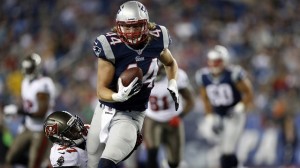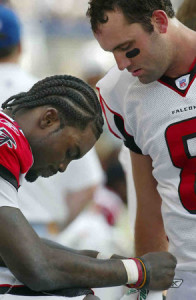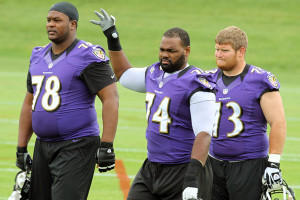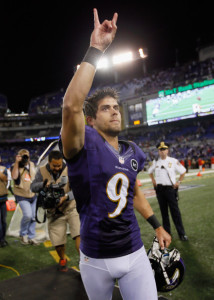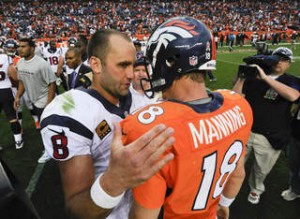Without Aaron Hernandez and Rob Gronkowski, we all thought the Patriots desperately needed a tight end. Out of thin air appeared Zach Sudfeld, a Gronkowski clone in the eyes of…. those who wanted to see Gronkowski. After getting praised by just about every football writer in August, Sudfeld disappointed with the Patriots once the games began to count. Last week, the Patriots defeated the Falcons in Atlanta, and Sudfeld made a key play in the game…. by failing to field an onside kick. In four games, Sudfeld did not record a catch, and was released by the Patriots on Thursday. On Friday, he had been claimed by the New York Jets, who play on Monday Night Football this week against the Falcons. If he plays, it will be Sudfeld’s second consecutive prime time game in Atlanta.
By my count [1]There is a very good chance that my count is low; the PFR database does not contain every game for a player, just every game where a player recorded a statistic. So if any offensive lineman pulled … Continue reading, there are only four five players since 1960 who played for different teams, against the same team, in consecutive weeks of a season.
[Update: As was pointed out to me by RaiderJoe_FO, in 2006, Hank Poteat played against the Dolphins in consecutive weeks for the Patriots and the Jets, in the middle of the Belichick/Mangini cold war.]
Before Poteat, the most recent was kicker Tony Zendejas (we previously chronicled the Zendejas family here). In week 7 of the 1995 season, Zendejas kicked for the Falcons against the Rams; in week 8, he was back in St. Louis kicking for the 49ers.
The most famous trade in NFL history has an under-reported side story: after picking up 89 yards from scrimmage for the Cowboys in Lambeau Field in week 5 of the 1989 season, Herschel Walker played the Packers a week later as a member of the Vikings. This time, he rushed for 148 yards on 18 carries, proving that trades should never be judged after one week.
Theotis Brown was a star at UCLA in the 1970s, but the fullback fell out of favor with the Cardinals in 1981. After struggling as a blocker for Ottis Anderson, Brown lost a fumble in a game against the Giants in week six. St. Louis traded him to Seattle just before the trade deadline, which allowed Brown to also face New York in week seven.
The final instance occurred in 1971, and it involves former wide receiver Eric Crabtree. Crabtree was a solid player in the AFL for Denver and Cincinnati — he gained 2,172 receiving yards and caught 17 touchdowns in the final three seasons of the league — but was washed up by age 27. After struggling through the start of the 1970 season, Paul Brown waived him after a loss in Houston. A week later, Crabtree would host the Oilers as a member of the Patriots. He recorded just one catch in each game, and ’71 was his final season in the league. Crabtree’s post-football career is a sadly familiar story about the dangers of concussions.
References
| ↑1 | There is a very good chance that my count is low; the PFR database does not contain every game for a player, just every game where a player recorded a statistic. So if any offensive lineman pulled off this trick, they almost certainly wouldn’t be captured here. |
|---|

